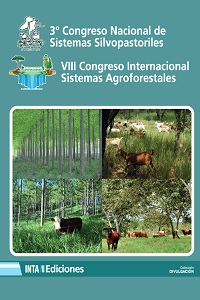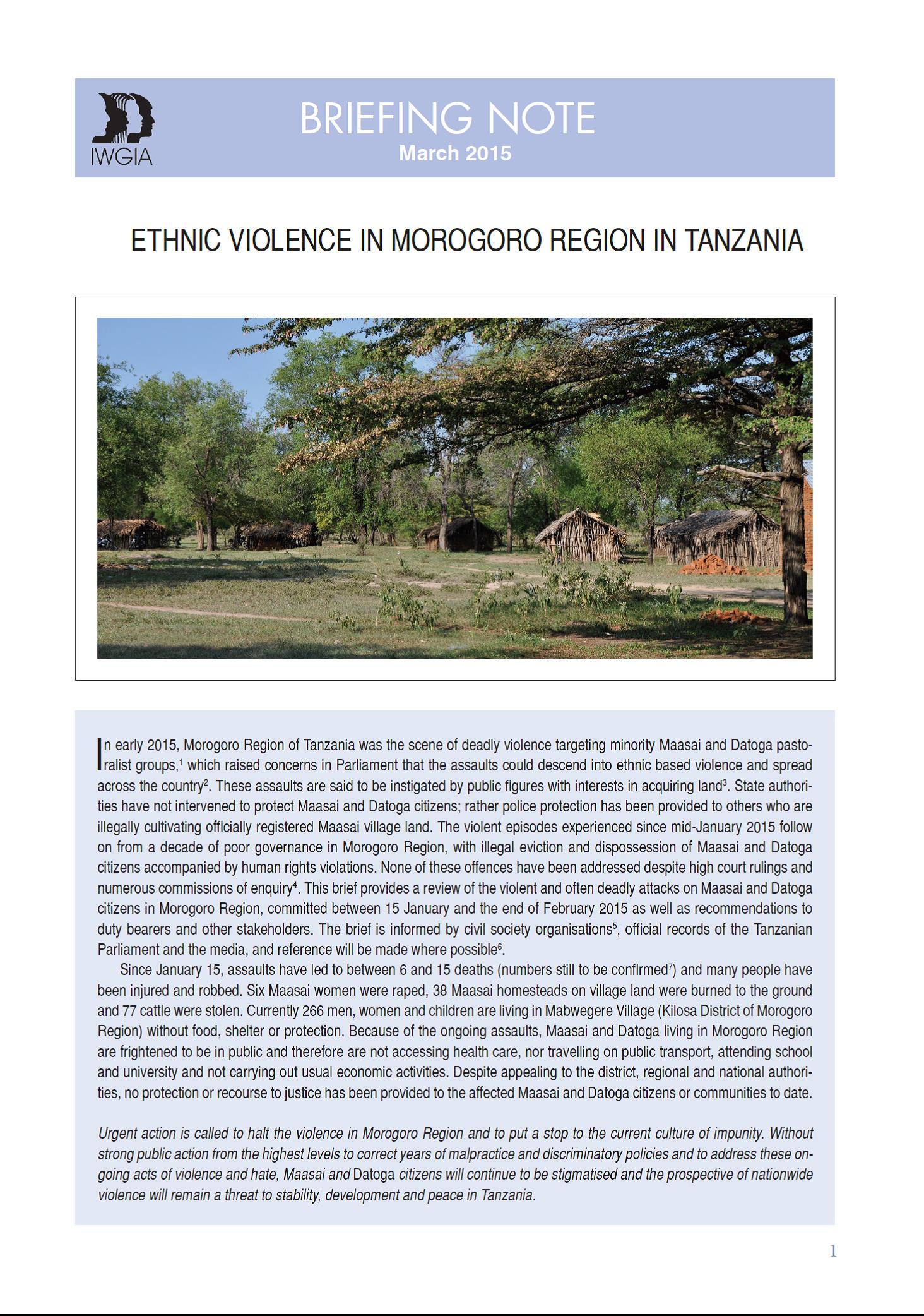Land Grabbing from within: Learning from Grazing Disputes in Western Kavango, Namibia
Describes a long-standing grazing dispute in northern Namibia that provides critical lessons on the challenges that people living in communal areas face to secure their land rights. Several large livestock owners illegally enclosed community rangelands to secure grazing for their own commercial cattle herds. The communities used legislation to defend their land rights: they mobilised relevant government and traditional authorities to intervene, resulting in a court order for the removal of most of the illegal cattle owners.






